Needlework in Russia is not only a way to organize leisure, but also the ability to create many things necessary in everyday life for yourself and for sale. Russian women have always been notable craftswomen. Consider what types of needlework were the main ones.
Content
- Spinning
- Embroidery
- Weaving bast shoes
- Making toys
- Dyeing fabrics
- Weaving baskets
- Wallow
- Making wooden spoons
- Pottery craft
Spinning
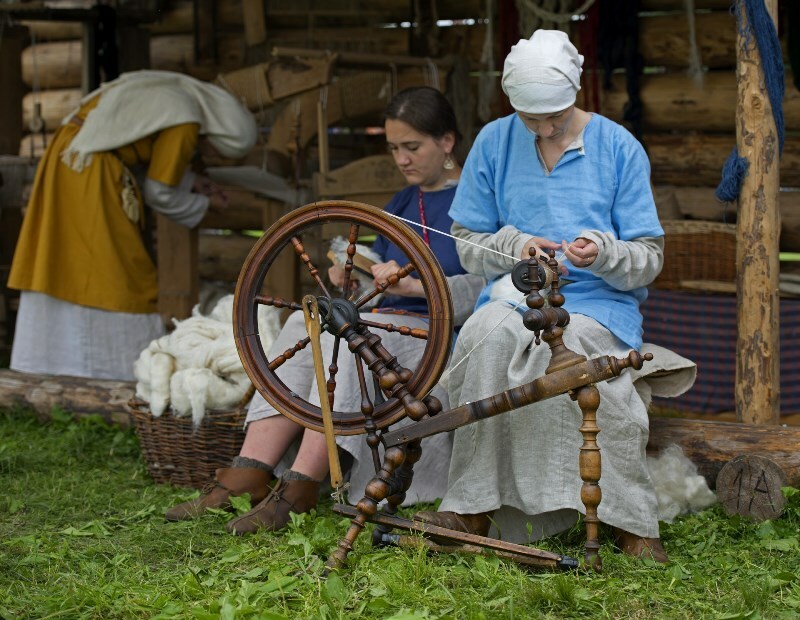
Spinning made it possible to obtain yarn from the wool of sheep and other animals, which was used for knitting and creating clothes and fabrics. The process of obtaining the filaments took a long time.
Previously, the wool was sheared, washed, kneaded and combed. After that, she was suitable for working with a spinning wheel. The fiber was fixed in the upper part of the device, and the spinning girl sat on the bottom seat. She controlled the tow with her left hand, and the spindle with her right.
The thread was obtained by twisting the fibers onto a spindle, which had a thickening-ball in the lower part for quick work and stability of the tool. It was manipulated like a spinning top toy.
Embroidery
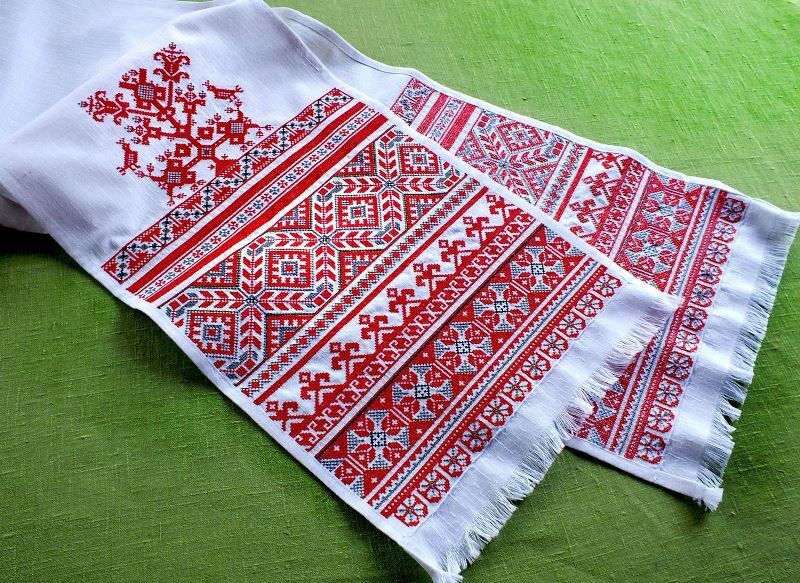
The girls decorated ready-made dresses, tablecloths and other things using embroidery. "Stitching", "cross" and other methods are now well known, but in Russia such a pastime could be afforded by wealthy ladies. They used expensive silk threads, satin fabrics. At the same time, ordinary peasant women decorated tablecloths, towels and other things with bright cotton threads.
Motives and patterns have improved and changed over time. A huge number of examples of folk embroidery can be seen in museums. In Russia, this handicraft served as a way to decorate both everyday and solemn things.
Weaving bast shoes
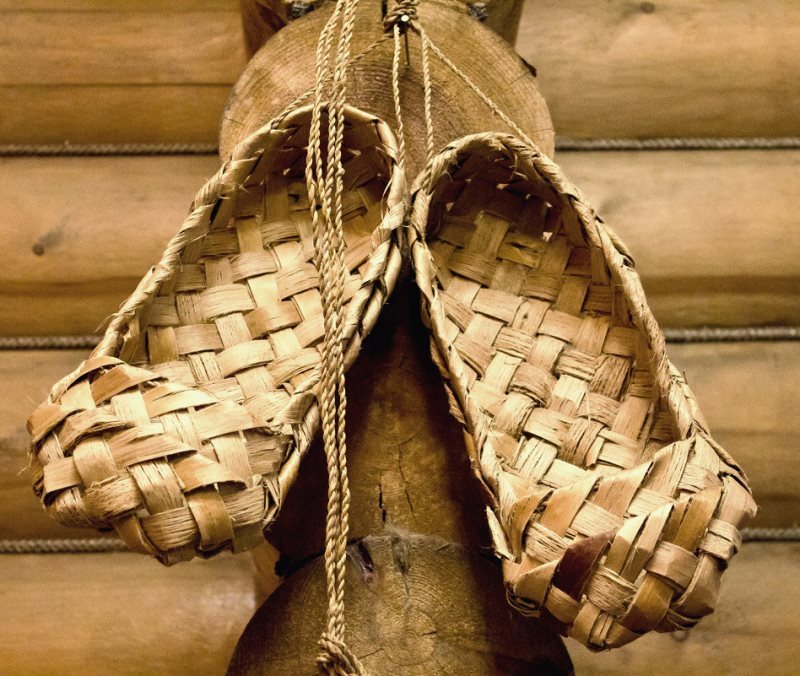
Bast shoes were a popular type of footwear. They were worn by almost all peasants, since they could not afford to sew leather shoes. Hard and sometimes dirty work did not allow wearing a good pair every day, and the braided "sixes" were not a pity.
For creation, the bark and underbark of deciduous trees were used: birch, linden, oak, rakita, elm, etc. For light shoes for the spring-summer, up to 7 vine strips were used. Sometimes they took long and thin roots of plants for work. A larger amount was used for winter bast shoes. They were woven in two layers, supplemented with hemp rope, leather sole.
The weaving technique varied from region to region. Always used for needlework an iron or bone hook - kochedyk. A wooden block was also necessary.
Making toys
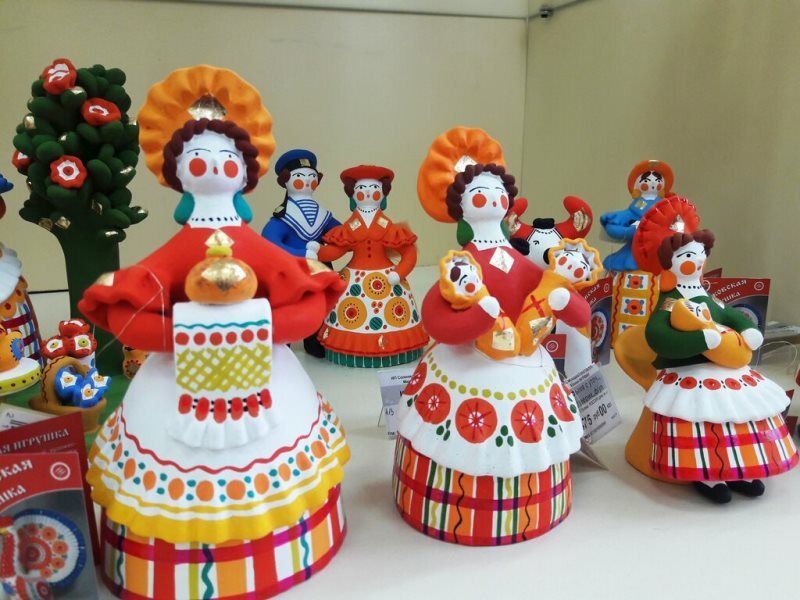
Clay is an affordable and easy-to-work material. Crafts from it were often made by shepherds during work, as well as ordinary peasants. Then production went on a mass scale, and toys became very popular in the 17th-18th centuries.
Many products depicted horses, roosters, swans, as well as ladies in magnificent outfits, mermaids, birds, etc. Many types were made based on legends and fairy tales, but many things reflected everyday life in Russia. All this was also created from fabric (rag dolls, etc.) and wood. In the latter case, cutting tools and soft material were used, for example, beech, pine, cedar.
After firing in the oven, toys made of soft clay were painted. Dymkovo, Kargopol, Filimonov, Abashev toys and Skopin's ceramics became popular.
Dyeing fabrics
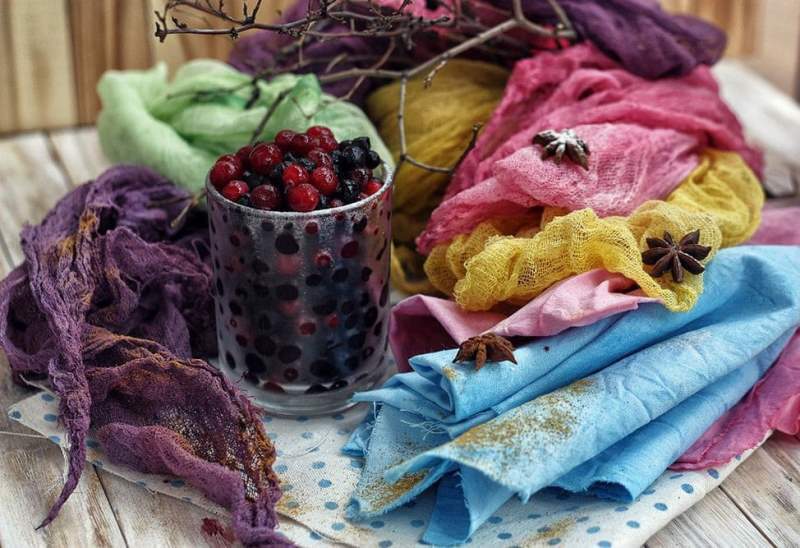
Fabrics made from natural threads did not differ in their pleasant color in Russia. Natural herbs, leaves, flowers and other vegetation were used to give a more beautiful shade.
Yellow was obtained from a whole complex of herbs: immortelle, cuff, heather, string, navel. The bark of black alder or the roots of St. John's wort produced an orange tone. Ash bark, buckwheat flowers or cornflower helped to make the canvas blue. Blackberries gave the fabrics a raspberry and purple hue.
Weaving baskets
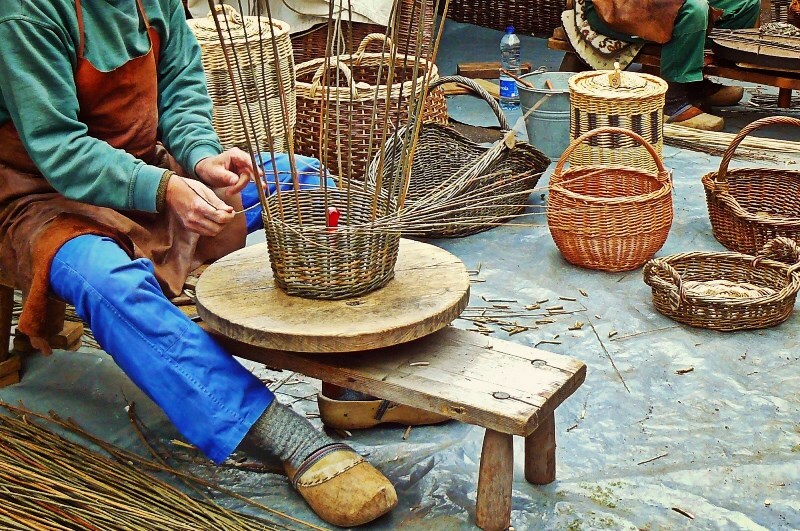
Wicker containers have always been necessary in the economy and therefore the craft occupied an important place in the life of peasants in Russia. They made baskets from willow branches. The shape and volume of the item were different.
Such things are not resistant to dirt, moisture and mechanical stress. Moreover, they are convenient for placing fruits from the garden, transportation, etc. For convenience, one or two handles were attached to the wicker containers.
Wallow
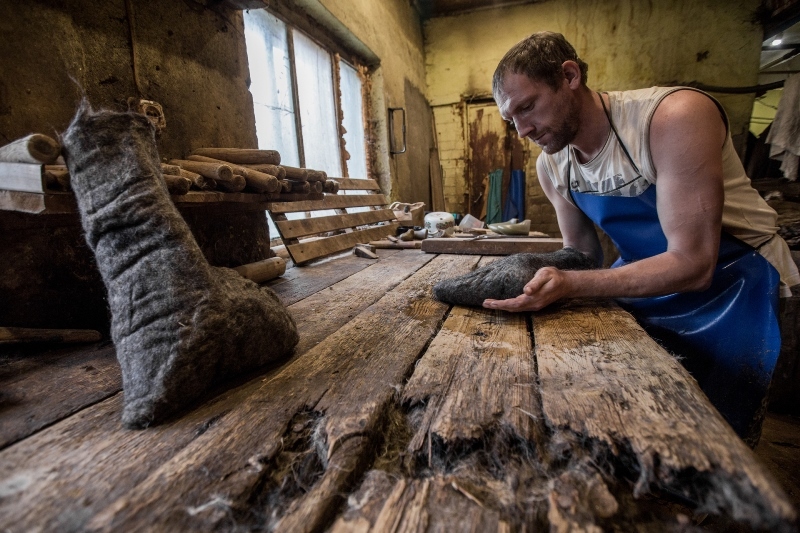
Sheep and other wool in Russia served not only to create yarn, but also to make felt boots and other things by felting. This art is especially developed among the peoples of the northern regions.
The technology for making the felt layer was simple: the wool was laid out on a flat surface with a layer of about 6 cm, moistened with hot water and clapped with palms over the entire area. The finished layer was rolled up, wrapped with a mat or cloth, tied to a cart with a horse and rolled until the felt was ready.
Making wooden spoons
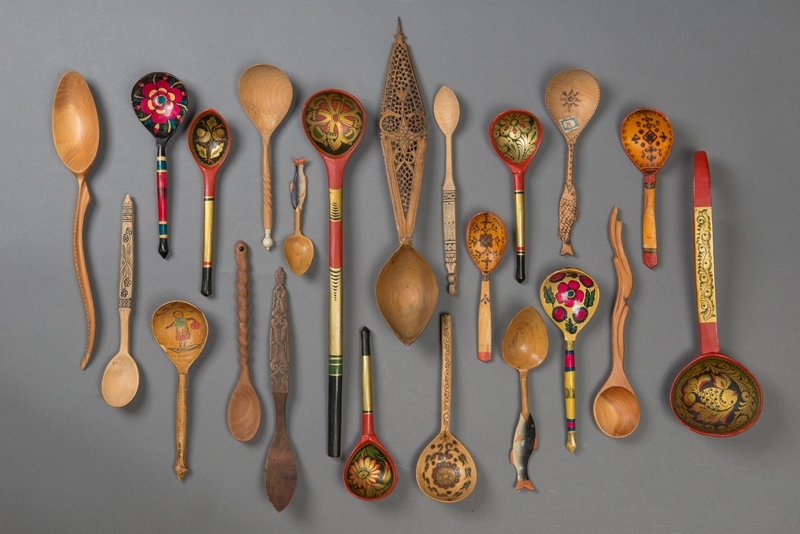
Before the baptism of the Russian people by Vladimir, people did not use cutlery, but ate with their hands. Then a decree was issued on the offering of food with a spoon. This led to the development of the art of carving cutlery from wood.
Spoons had different shapes and sizes, they were made from linden, apple, mountain ash wood, and also painted. Later the device was used as a musical instrument.
Pottery craft
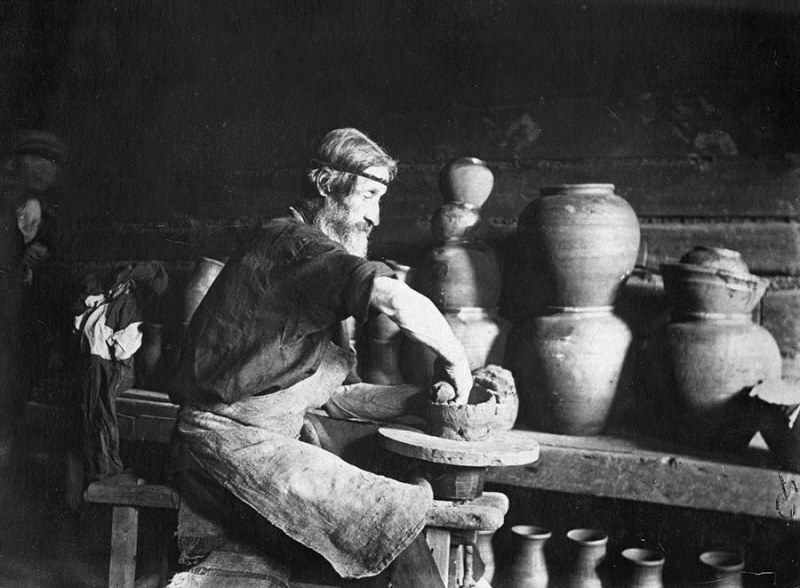
The transformation of clay into utensils and other products led to the development of pottery. This was done by special workshops, each of which had its own kleimo.
Craftsmen have passed on their skills from generation to generation. Convenient dishes were supplied to city markets and shops, and many containers were decorated with paintings.


